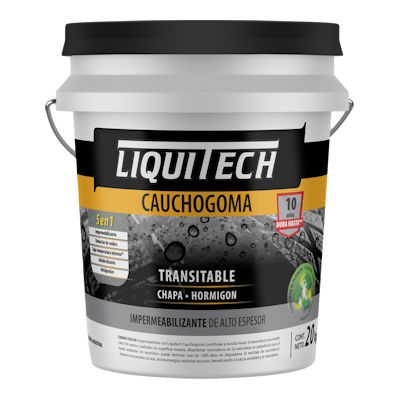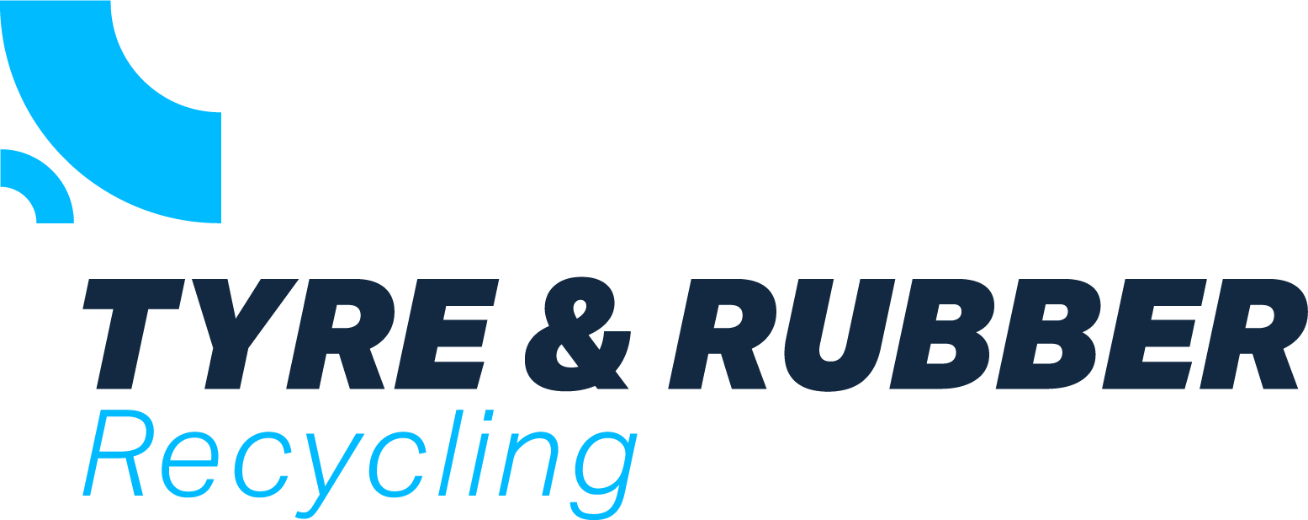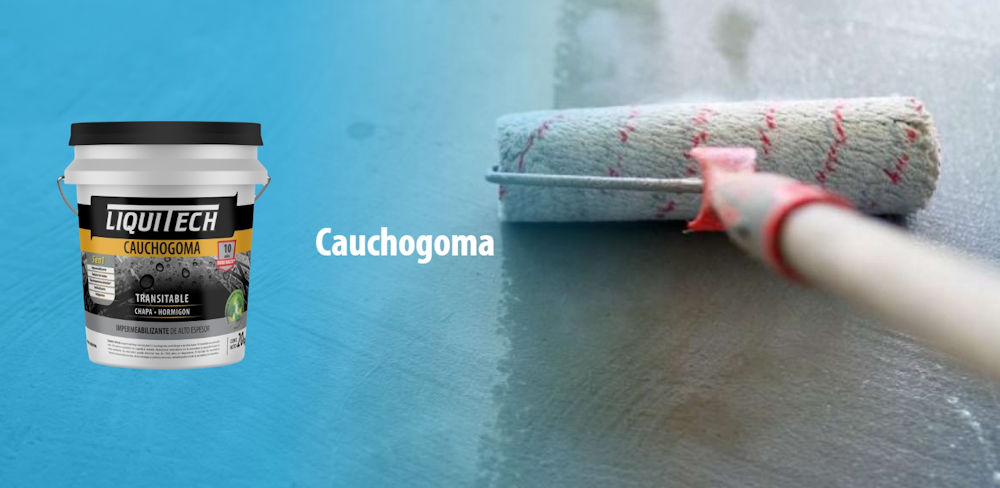Liquitech CauchoGoma is an Argentinian development utilising recycled tyre rubber
As the world turns to sustainability and circularity, innovative alternatives are emerging that turn waste into useful outputs. One example is Liquitech CauchoGoma, a waterproofing agent for roofs and exterior surfaces made from recycled rubber tyres, developed by the Argentinian company MERCLIN.
“What used to be waste is now part of sustainable solutions applicable to coverings and surfaces exposed to the elements,” explains Ariel Maya, the company’s CEO.
The process includes of manufacturing the roofing sealant involves the collection of discarded tyres by recyclers who micronise and homogenise the rubber. It is then blended with acrylic resins and polyurethanes to create a weather resistant, walkable, and highly adhesive product.
For every 100 m² of waterproofing, between 150 and 200 kg of tyres are processed, preventing them from contaminating the environment.

The product adheres firmly to various surfaces:
–Concrete, metal, wood, asphalt membranes, and previous coatings
– Applied with a brush, roller, or trowel
– Forms a continuous, flexible, non-slip, and weather-resistant film
With an estimated performance of 1–1.5 kg per m² and drying times between 4 and 24 hours, the product offers a competitive solution for both private homes and industrial facilities. Its lifespan **exceeds 10 years.
Liquitech CauchoGoma reduces the use of petroleum-derived materials
– Avoids polluting emissions from the decomposition or burning of rubber
– Reduces health risks, such as mosquito breeding in abandoned tyres
– Improves thermal and acoustic insulation: in light tones, reduces interior temperature by up to 20%
– Its flexibility withstands structural movements and extreme weather conditions
Recycled rubber: a growing option in architecture
– The waterproofing segment represents 18% of the architectural paint market
– Rubber-based products already account for 7% of total waterproofing, and their use is growing due to their versatility, efficiency, and ecological profile.

















